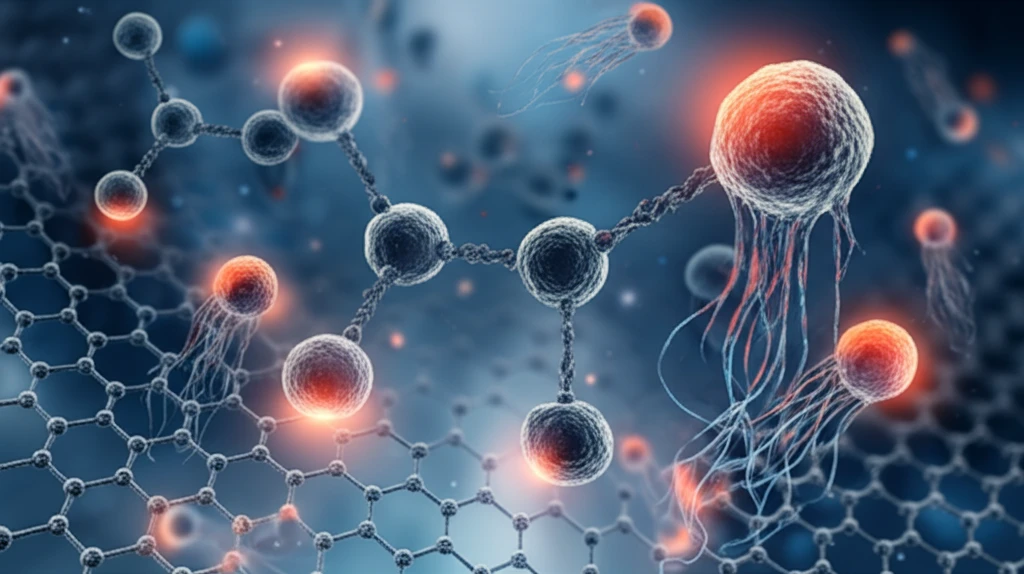
Can Quantum Dots Detect Cancer Earlier? The Future of miRNA Diagnostics
"Explore how new research using graphene quantum dots could revolutionize early cancer detection by improving miRNA diagnostics, offering hope for more effective treatments."
Early cancer detection remains one of the greatest challenges in modern medicine. The ability to identify cancer at its earliest stages dramatically increases the chances of successful treatment and recovery. Traditional diagnostic methods often fall short, detecting the disease only after it has progressed to a more advanced stage. This is where the innovative field of microRNA (miRNA) diagnostics comes into play, offering a promising new avenue for early detection.
MicroRNAs are small, non-coding RNA molecules that play critical roles in gene expression. These tiny molecules are involved in various biological processes, including cell proliferation, apoptosis, and metabolism. Importantly, miRNAs are often dysregulated in cancer cells, making them valuable biomarkers for cancer detection. Because miRNAs can be detected in bodily fluids like blood and urine, they offer a non-invasive way to identify cancer before symptoms even appear.
Recent research has focused on enhancing the sensitivity and accuracy of miRNA detection using advanced nanomaterials. Among these, graphene quantum dots (GQDs) have emerged as a powerful tool due to their unique optical and chemical properties. A groundbreaking study has explored the use of pentaethylenehexamine and histidine-functionalized GQDs to create an ultrasensitive fluorescence-based sensor for miRNA detection. This innovative approach could revolutionize early cancer diagnosis by providing a more effective and reliable method for identifying cancer at its earliest stages.
How Do Graphene Quantum Dots Enhance miRNA Detection?

Graphene quantum dots are nanoscale fragments of graphene, a single-layer sheet of carbon atoms arranged in a hexagonal lattice. These tiny particles exhibit remarkable properties, including high fluorescence, excellent biocompatibility, and ease of functionalization. Their small size and large surface area make them ideal for interacting with biomolecules like miRNA.
- Pentaethylenehexamine: Increases the fluorescence intensity of the GQDs, making the signal easier to detect.
- Histidine: Enhances the catalytic activity of G-quadruplex/hemin DNAzymes, which are used to amplify the detection signal.
What is the Future of Cancer Diagnostics?
The development of ultrasensitive miRNA detection methods using GQDs represents a significant step forward in early cancer diagnostics. By leveraging the unique properties of these nanomaterials and employing innovative amplification strategies, scientists are creating tools that can detect cancer at its earliest, most treatable stages. As this technology continues to evolve, it holds the promise of transforming cancer care and improving outcomes for patients worldwide.
